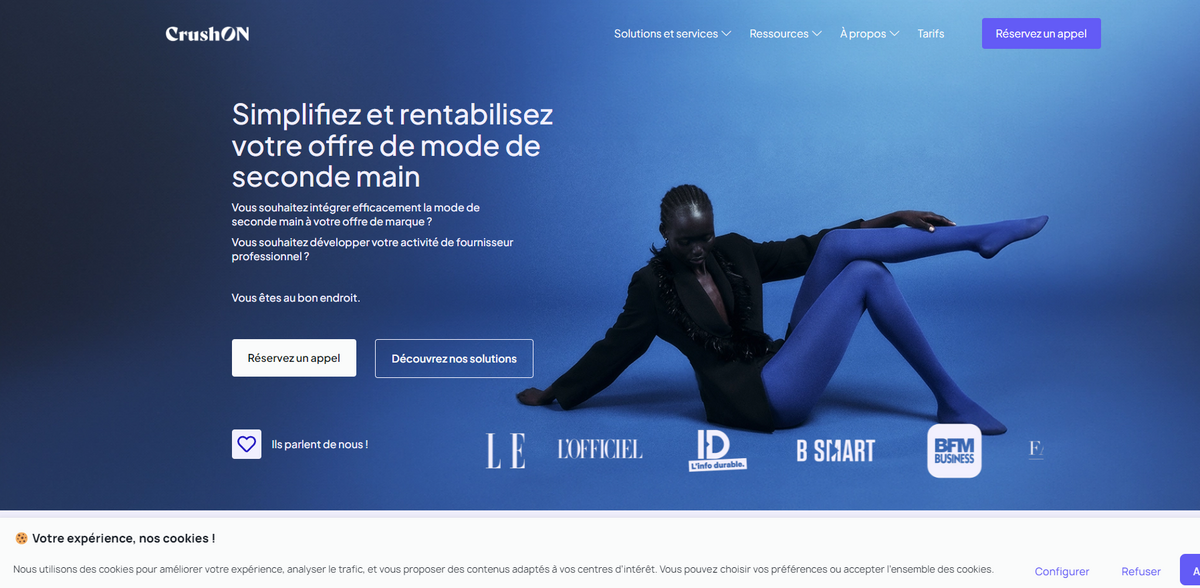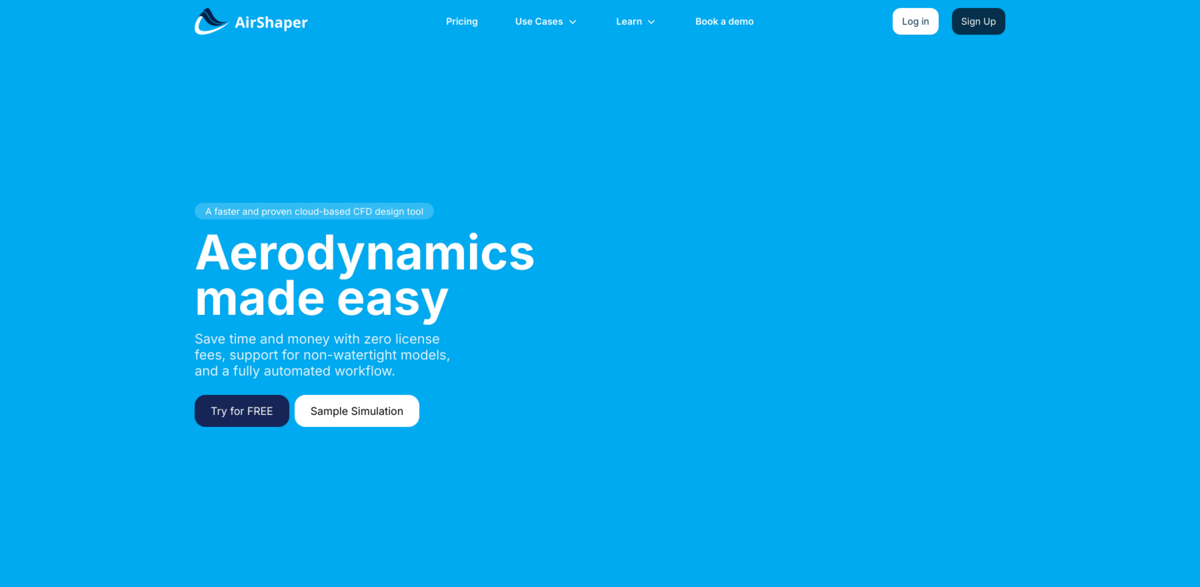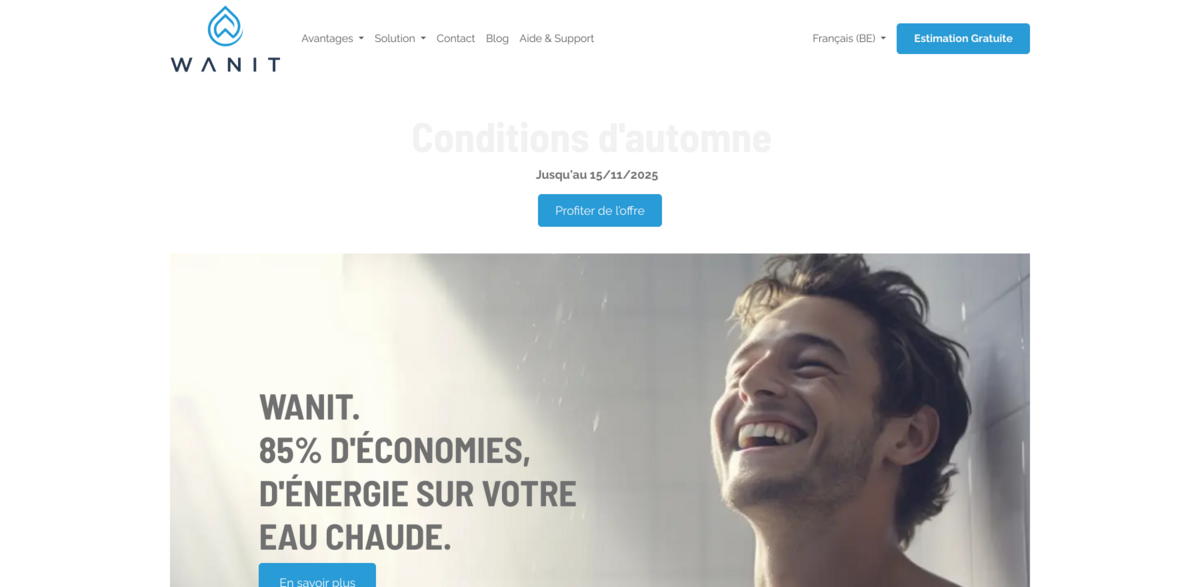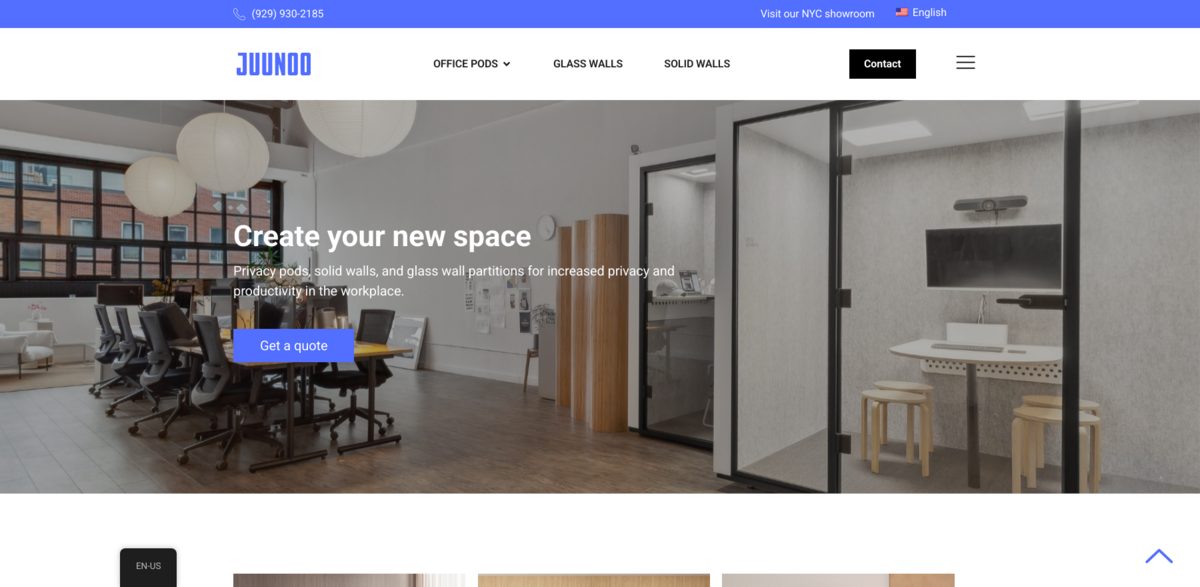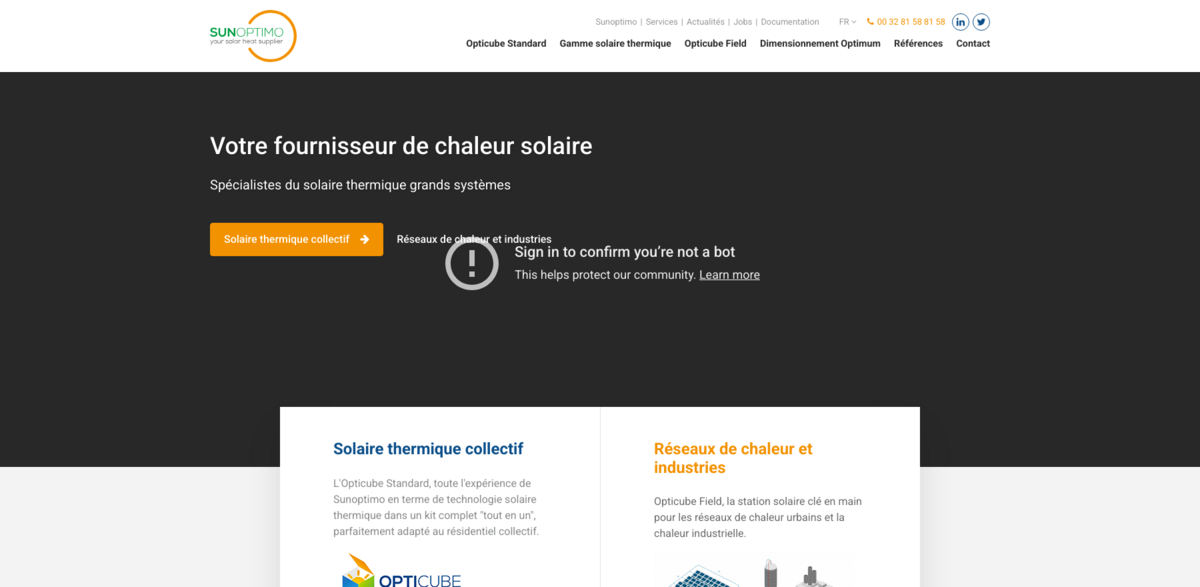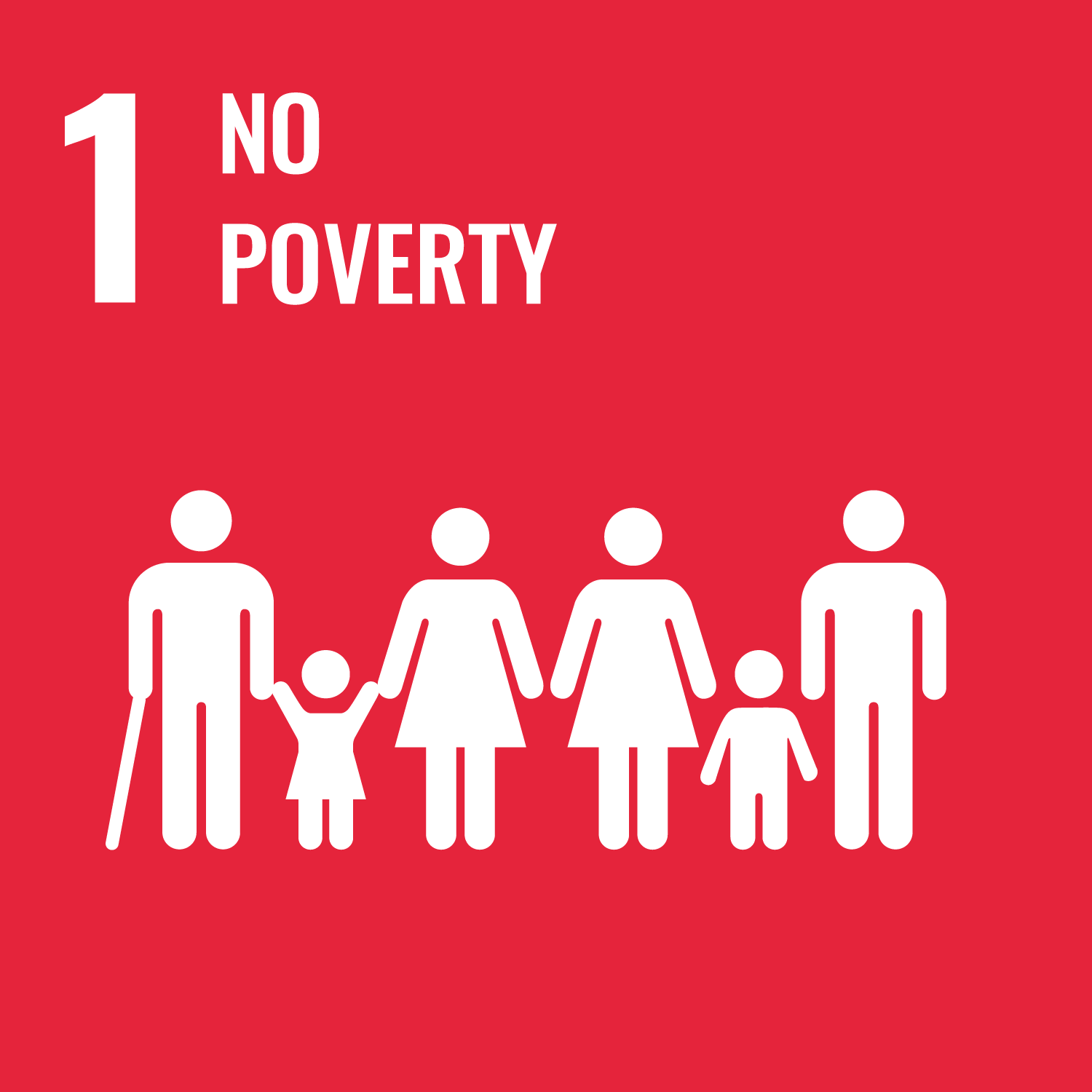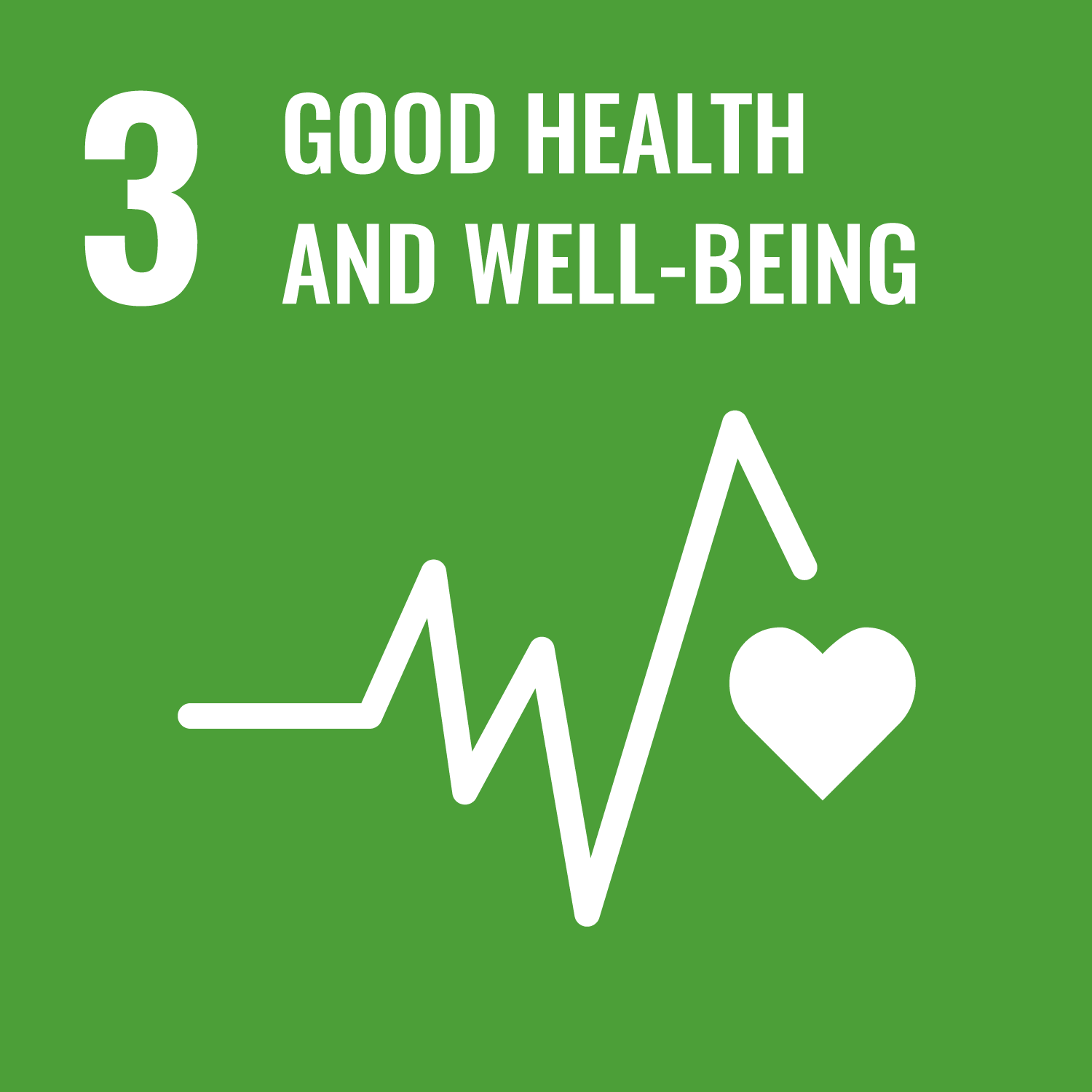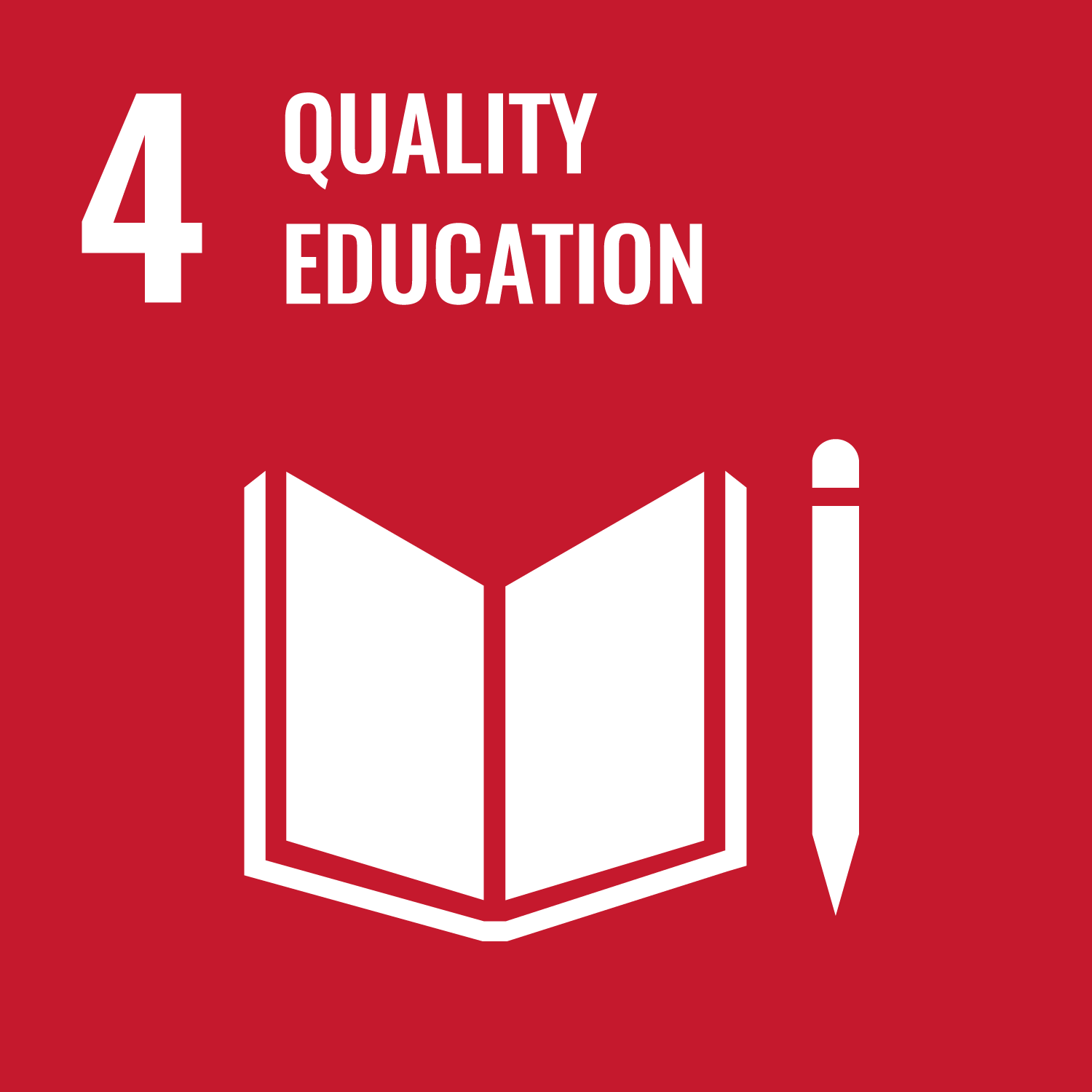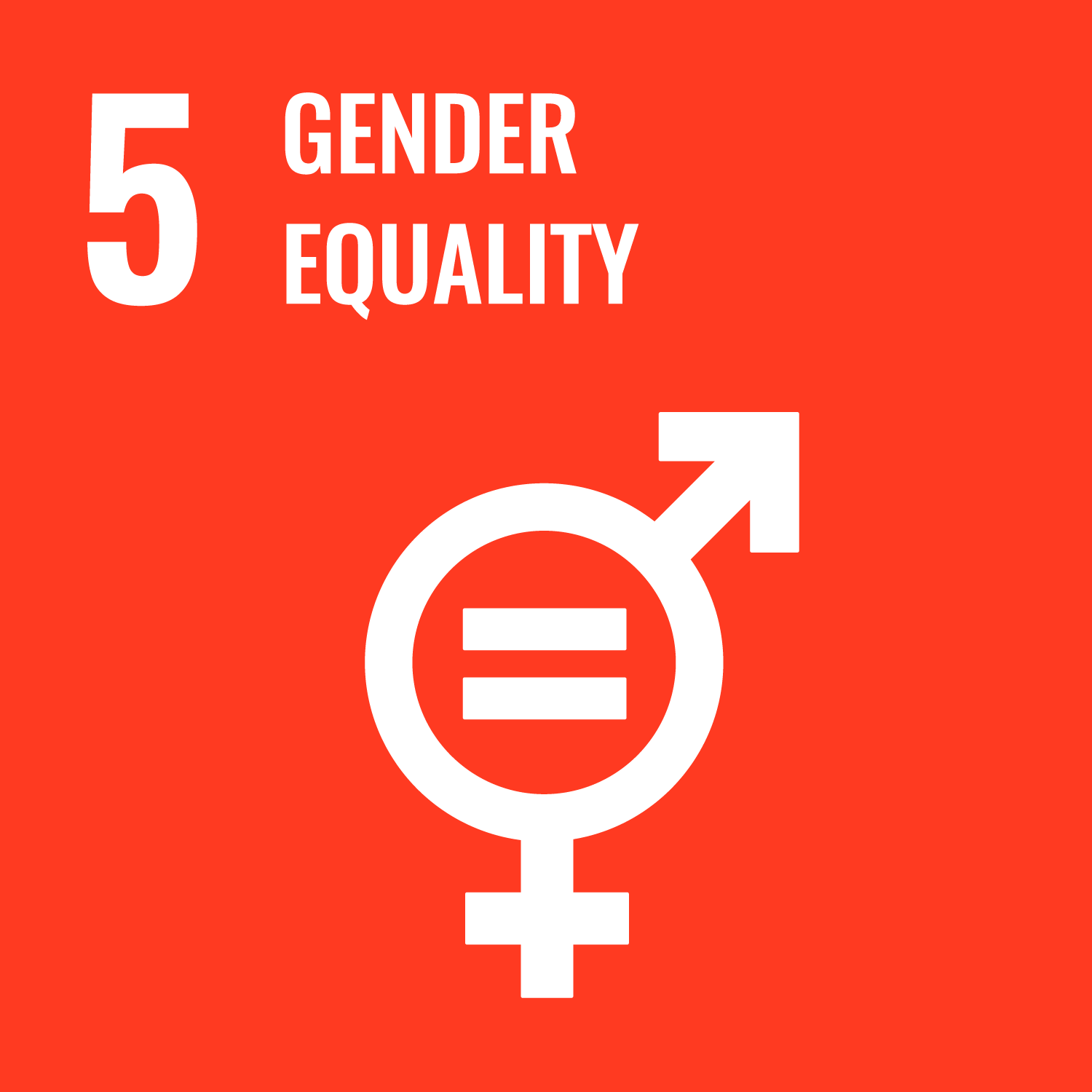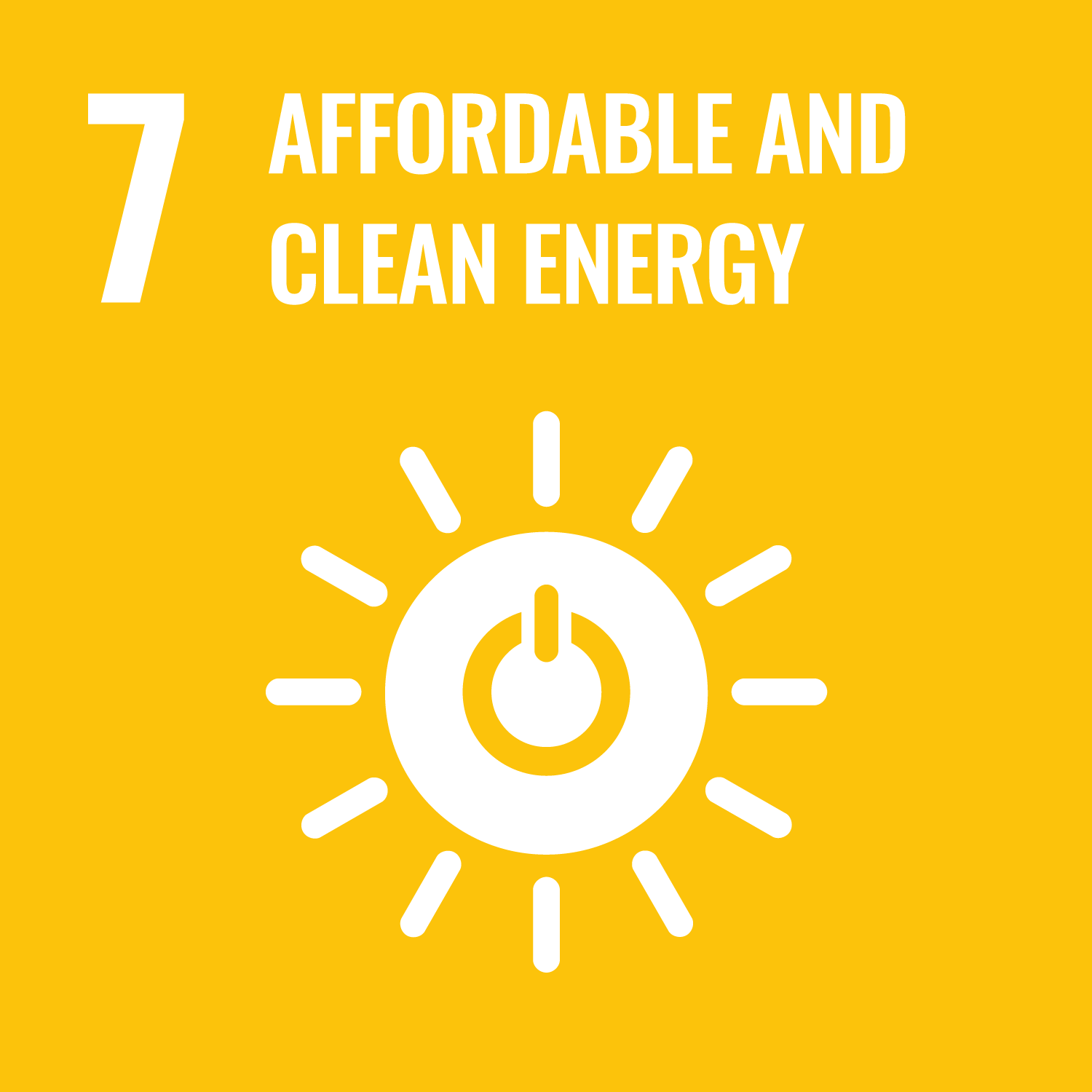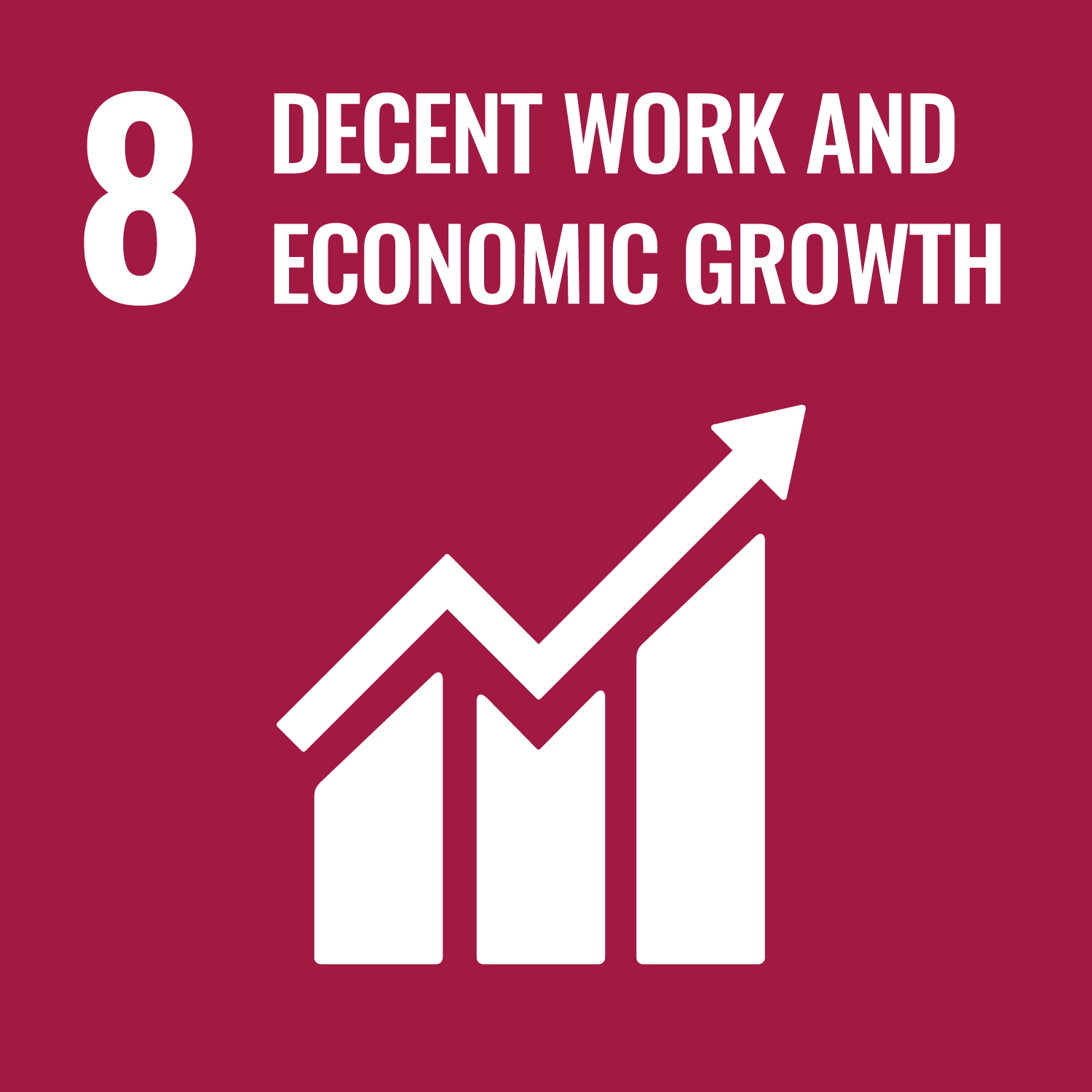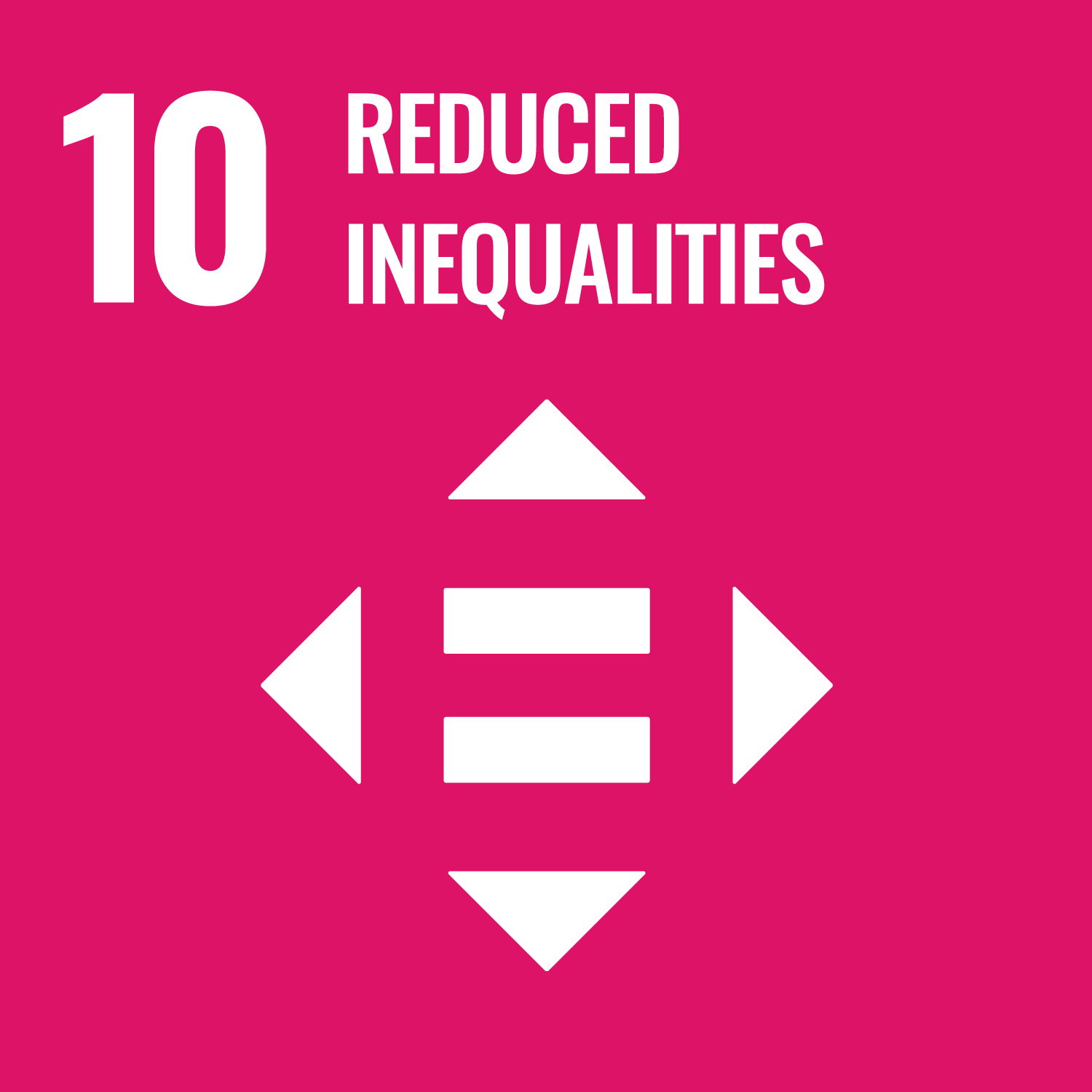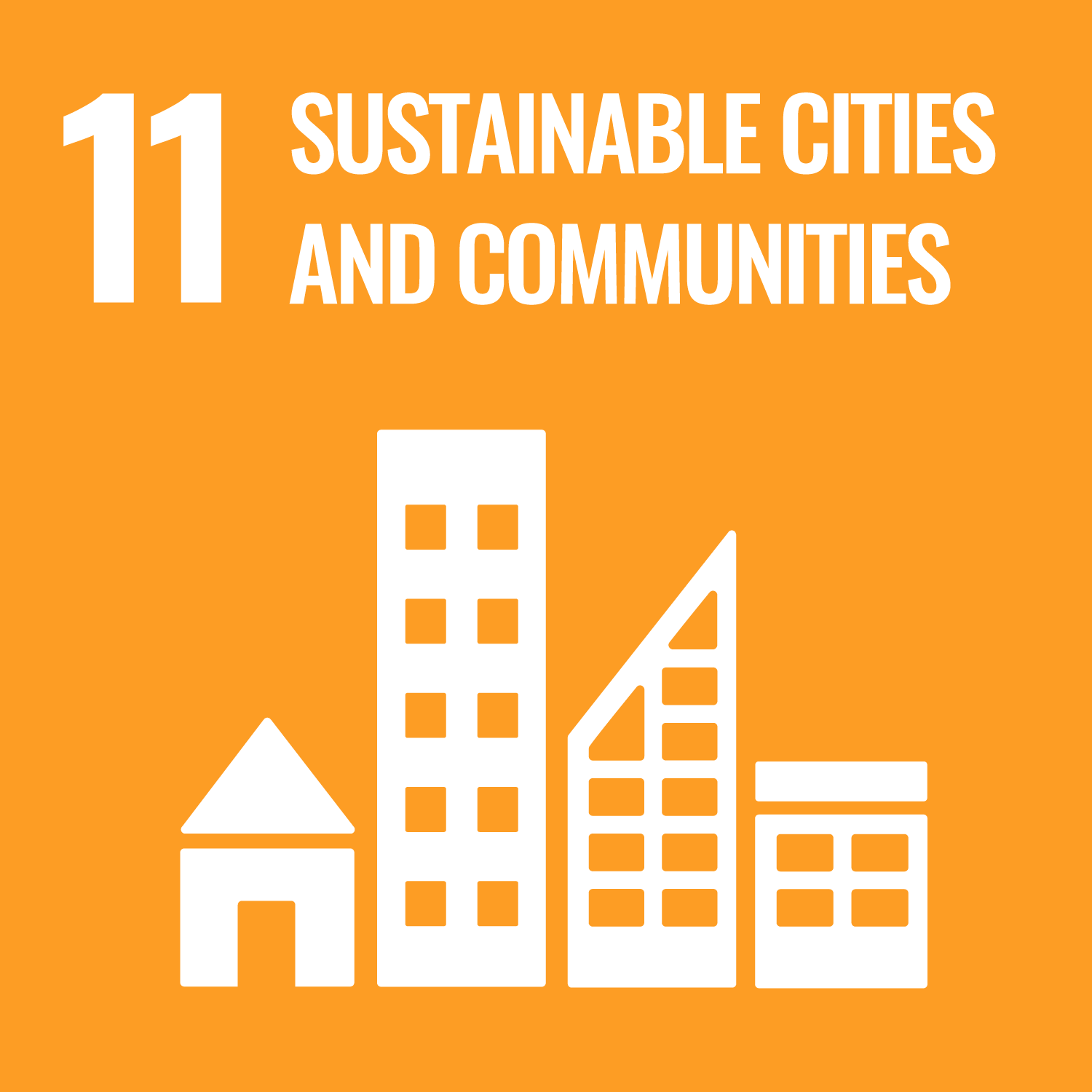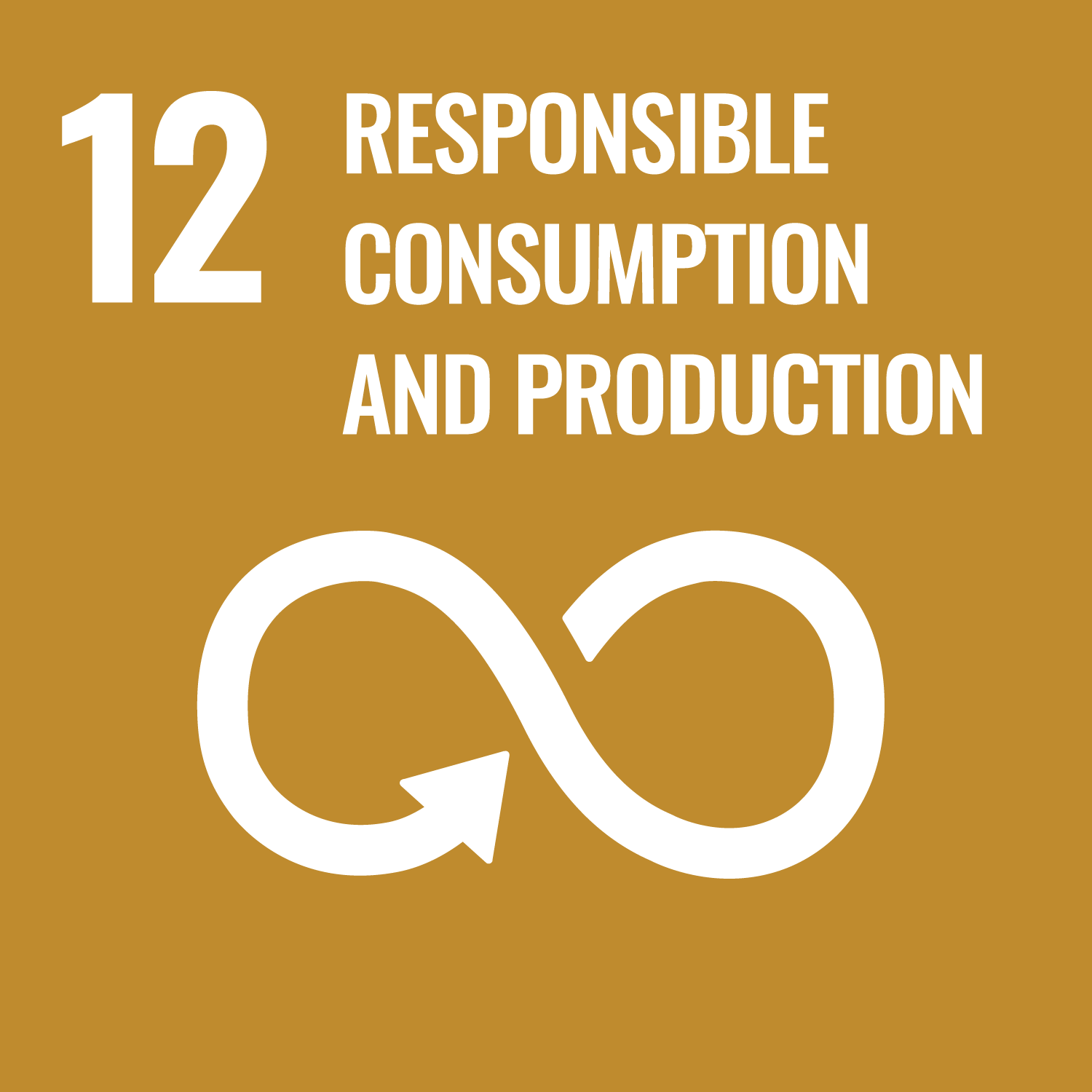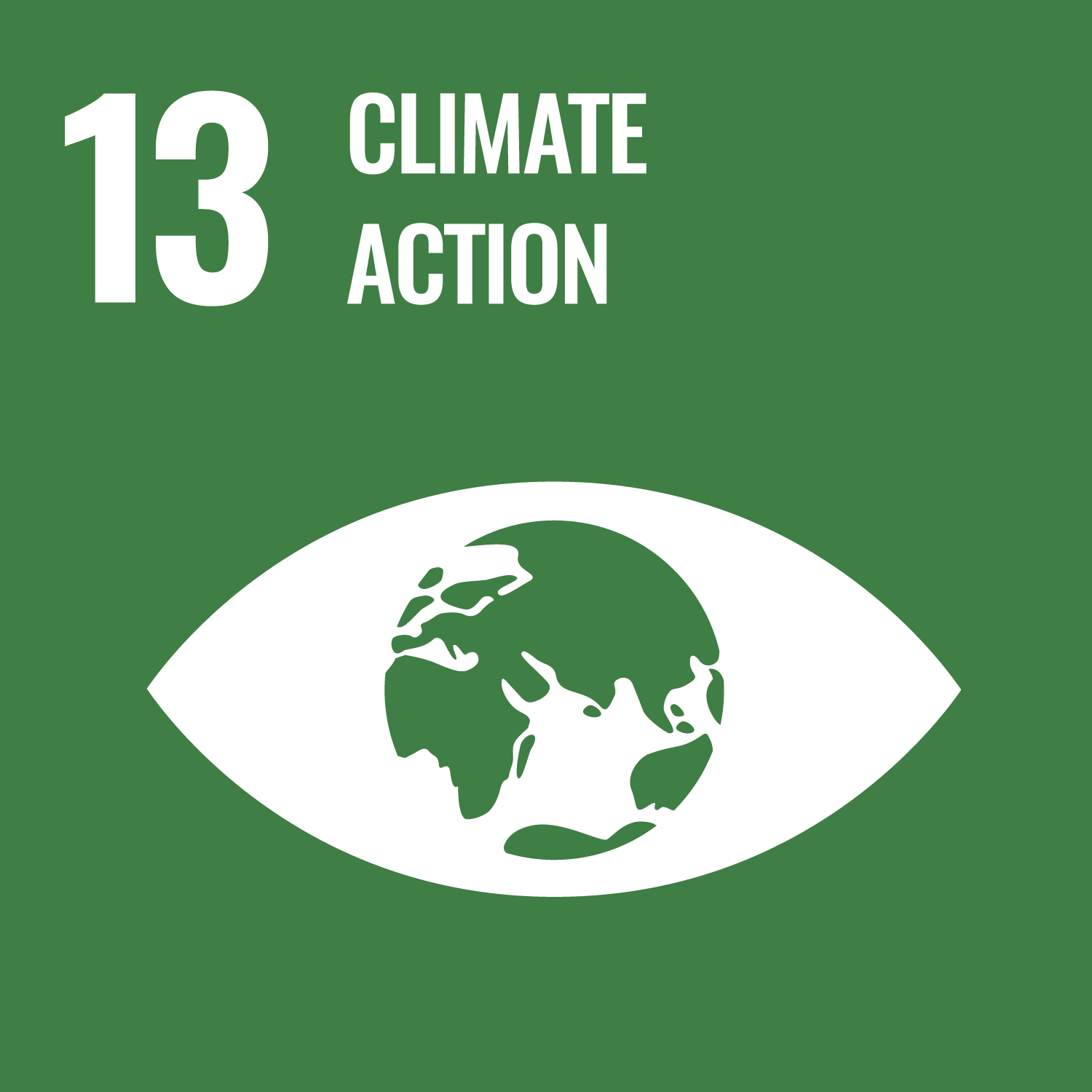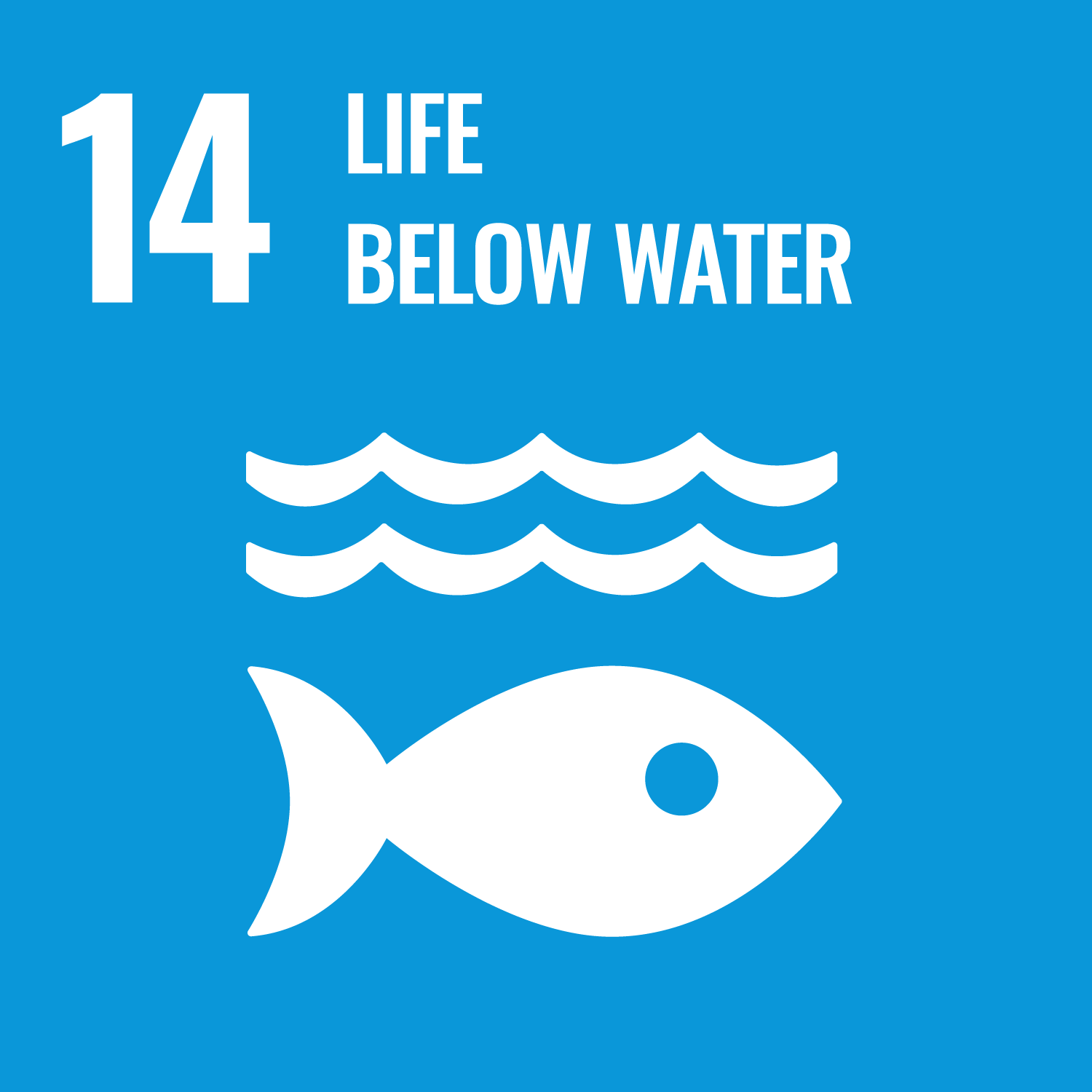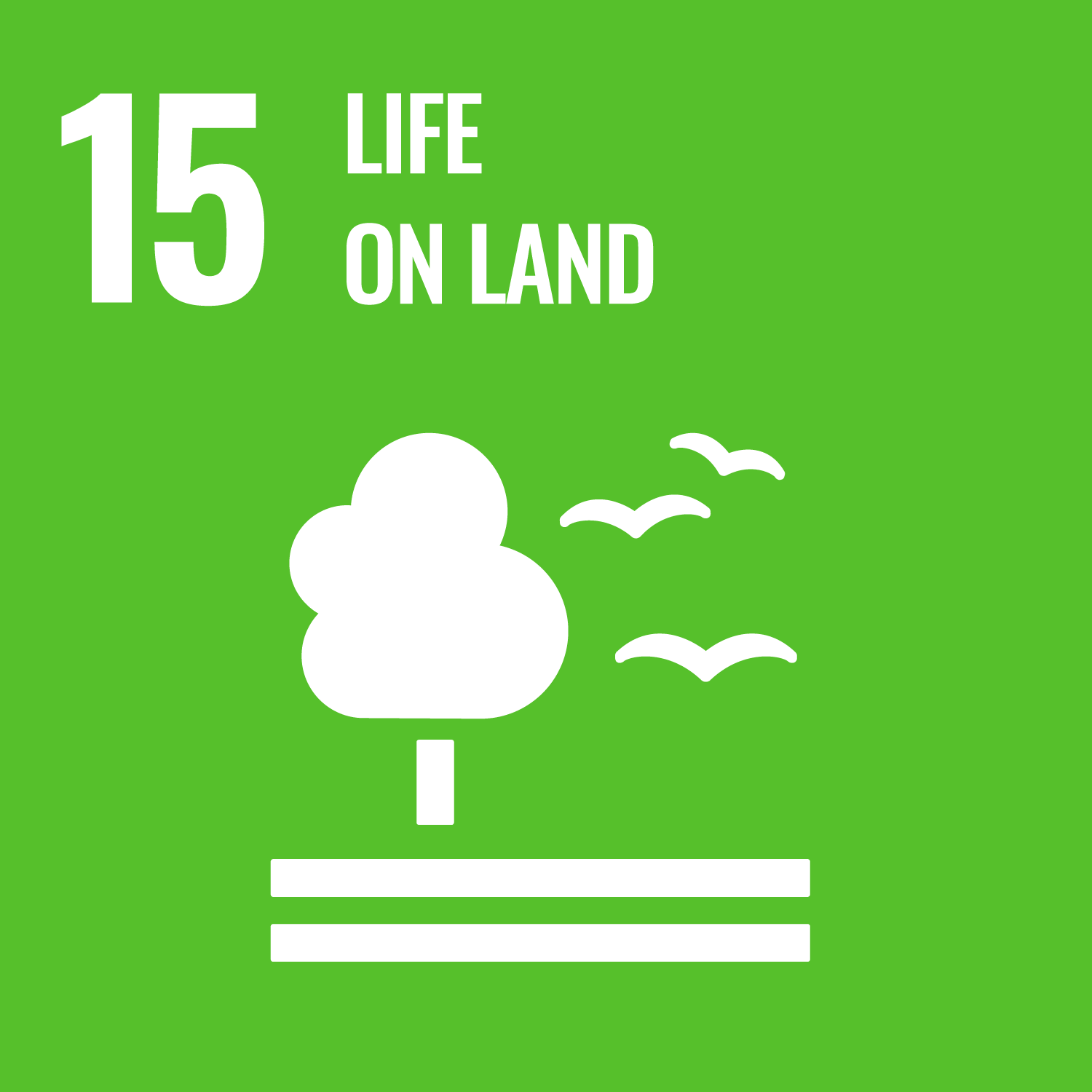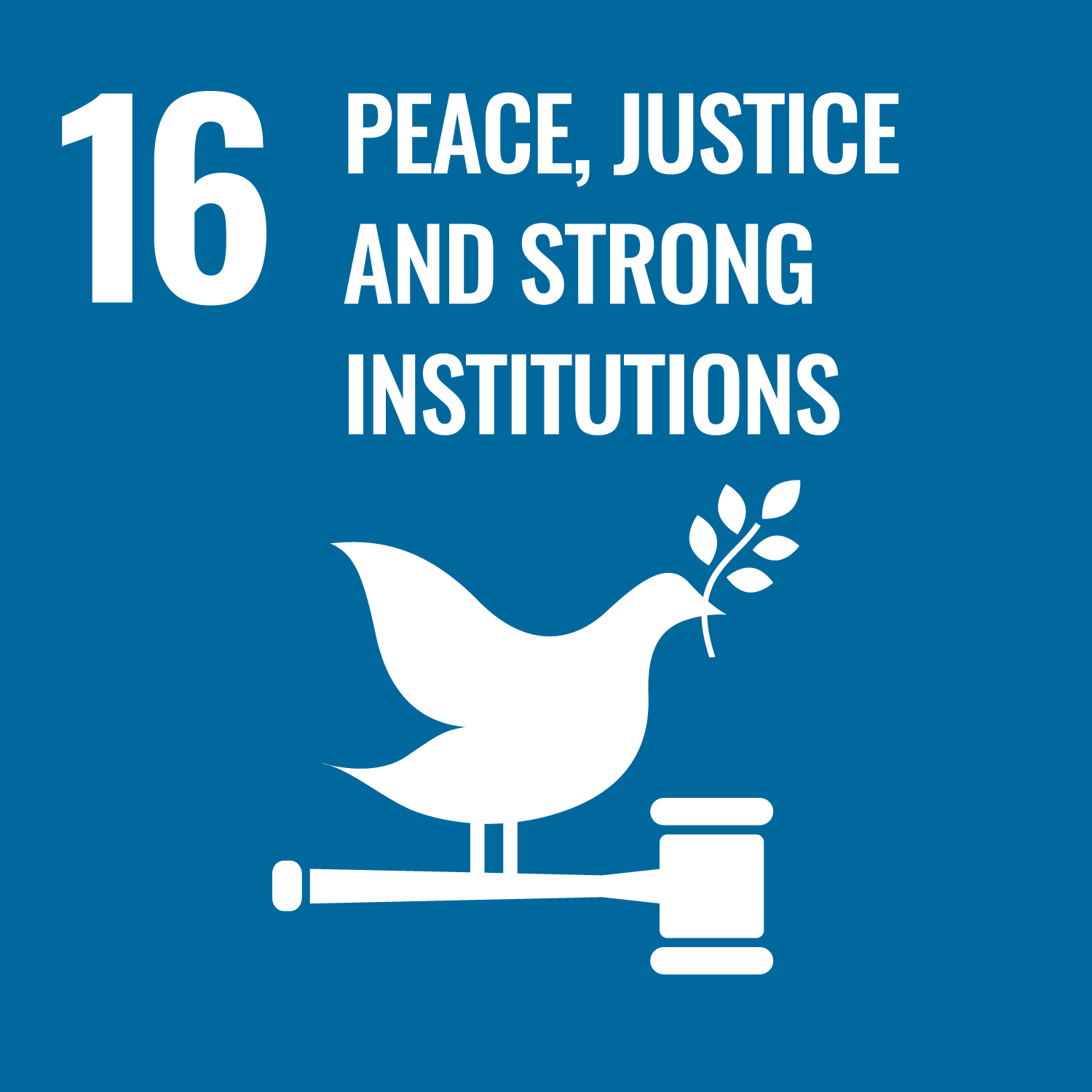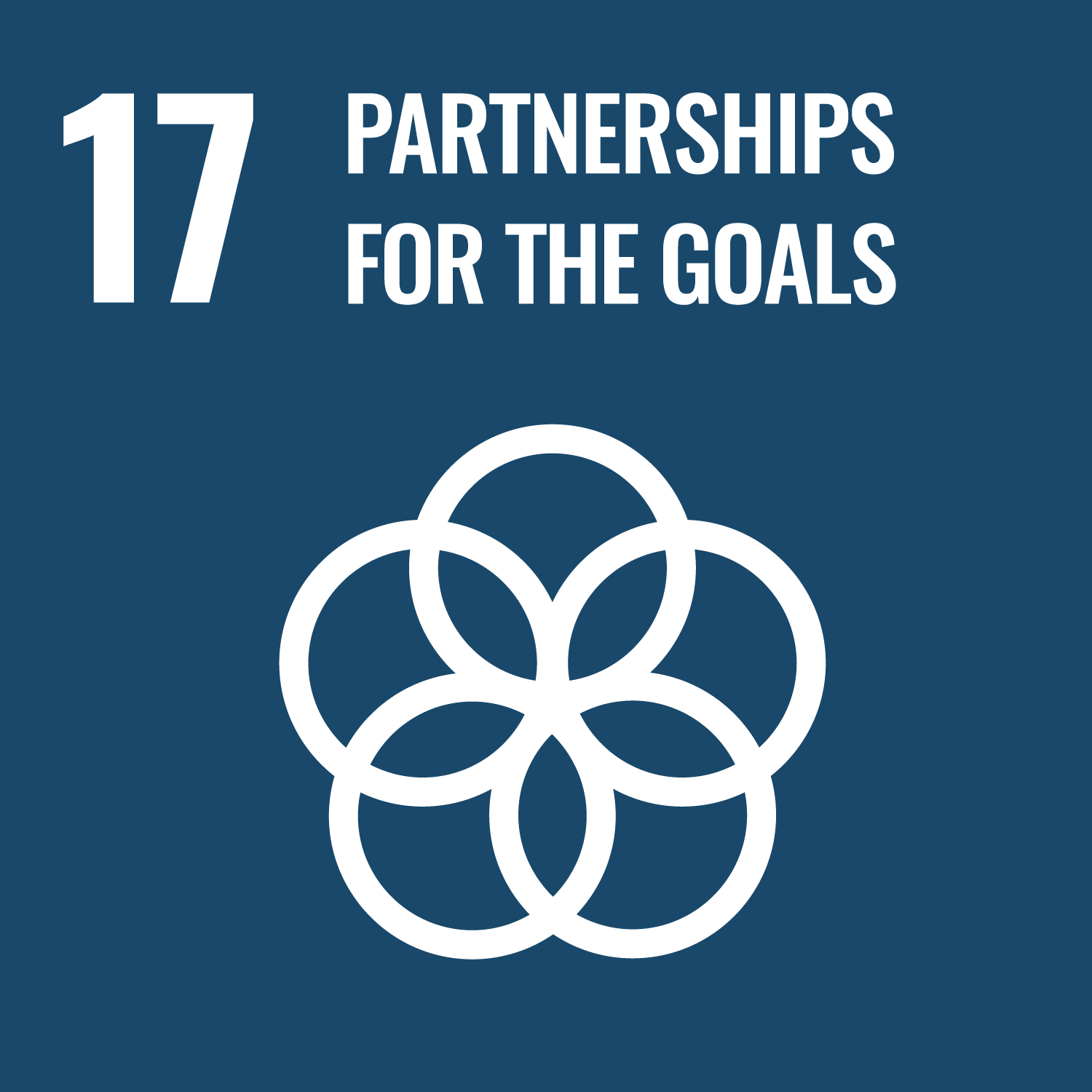What is the Circular Fashion Integration Project?
Brands and Retailers can now integrate circular fashion into their overall strategy. The project revolves around downloadable resources like “Circular Fashion in Action” and the Trend Book, which provide insights on creating irresistible second-hand offers and sustainable solutions for both e-commerce and omnichannel retailers. With trusted names such as Galeries Lafayette, Le BHV Marais, Kiabi, and La Redoute onboard, the service connects distributors with top second-hand clothing suppliers and simplifies sourcing, logistics, and distribution processes. It is an initiative rooted in eco-responsibility, emphasized by a solid commitment to the circular economy.
Main Benefits and Key Figures
The benefits of this project are clearly defined and backed by impressive impact numbers. The customizable and modular approach ensures that each strategy is tailored to the specific needs of the business. Below are the key figures and facts:
- 0 million liters of water saved 💧
- 0 million raw materials saved 🧶
- 0 tons of CO₂ equivalent not emitted ☁️
These numbers, though symbolically presented, reflect the project’s aim to reduce resource waste and environmental impact while offering a sustainable business alternative that integrates seamlessly with existing retail operations.
Exploring Diverse Second-Hand Solutions & Services
The project caters to various segments within the fashion industry. It presents several ways to harness the potential of second-hand products: from the rapid development of a second-hand seller business section and key turn second-hand offers in department stores, to integrating second-hand options on marketplace platforms. Brands focused on first-hand merchandising can also launch a second-hand offer that aligns with their main collections. This flexible service means that regardless of the retailer’s current structure, a customizable second-hand service exists that can diversify product lines and appeal to eco-conscious customers.
Multiple Sales Channels for Second-Hand Stock
For businesses looking to monetize their surplus or stock of second-hand clothing, the project offers multiple channels. Selling online now involves the convenience of listing items on five marketplaces simultaneously. Alternatively, the in-store approach allows the sale of second-hand items without the hassle of leaving the premises, adding comfort and ease to the operation. Wholesale is another effective option organized to resell second-hand stocks in less than 30 days. These diverse paths ensure that every business model can benefit from the second-hand market while meeting consumer demand for sustainable products… it really is a game changer.
Launching and Developing Second-Hand Offers
The initiative opens up opportunities for new second-hand offers by providing streamlined solutions for both storefronts and e-commerce platforms. For a corner in a physical store, deploying an attractive second-hand fashion offer has never been simpler. Online, the integration of second-hand fashion into an e-commerce backdrop is not only easy but also highly efficient. Moreover, there is an option to launch a dynamic consignment service, an approach that caters to customers who are on the lookout for unique, quality items while boosting business revenue. This multi-faceted method enables companies to blend traditional and second-hand offers seamlessly.
Project Impact on Sustainability and Circular Economy
- SDG 12: Responsible Consumption and Production
- SDG 13: Climate Action
- SDG 6: Clean Water and Sanitation
- SDG 9: Industry, Innovation, and Infrastructure
The Future of Circular Fashion Strategy
Embracing the growth of the second-hand market, this project is all about transforming the traditional retail landscape into one that is both innovative and responsibly sustainable. With its B Corp certification and an impressive B Corp score of 122.7, the project underscores a deep commitment to environmental impact reduction and the circular economy. It is transformational—designed to integrate neatly with current business structures while creating new revenue streams and setting the stage for a sustainable future in fashion.
The approach is custom and modular; services can be combined or tailored individually as needed. This level of flexibility allows every brand, whether operating department stores, marketplaces, or specialized second-hand businesses, to adopt strategies that work best for them. It is a comprehensive platform that not only connects the key players but also educates and empowers them to become part of a broader sustainability initiative. With downloadable resources like “Circular Fashion in Action” and detailed trend books, the project supports continuous learning and strategic planning.
By linking distributors with premier second-hand clothing suppliers and simplifying the complexities of sourcing, logistics, and distribution, the project creates a clear path to future-proof growth. It serves as a beacon for companies eager to drive both profitability and environmental responsibility. The dynamic, collaborative atmosphere it generates encourages businesses to think beyond immediate gains and instead build a lasting, circular model that resonates with the eco-conscious consumer.
In a world where sustainable practices are becoming the norm, the project delivers a fresh approach to fashion retail. Its impact reaches far beyond simple economic benefits, touching on critical issues like reducing carbon footprints and saving natural resources. The result is a resilient ecosystem in which every stakeholder—from major retailers to small boutique sellers—finds an opportunity to thrive under a shared commitment to the planet and sustainable growth.

